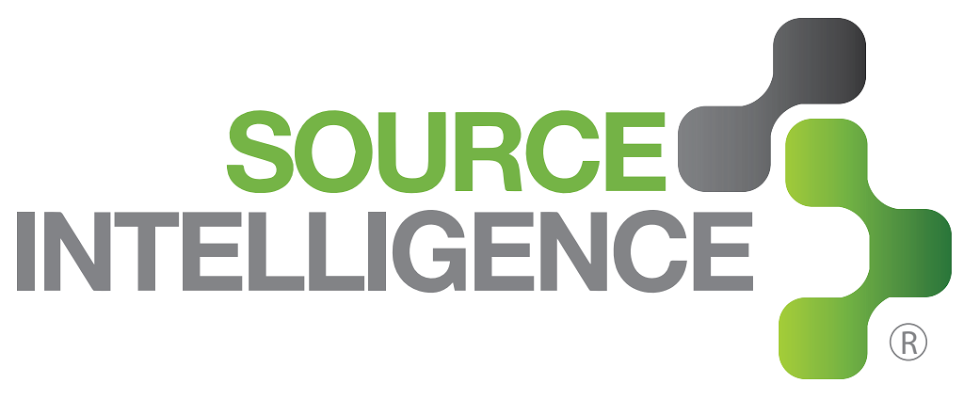Is There Slavery In Your Supply Chain?
The first edition of the Global Slavery Index has been released from the Walk Free Foundation, estimating that there are 30 million slaves in the world

Slavery is a reality, and whether you realize it or not, some of the metal in your products might be made by forced workers that had no choice in the matter. The largest form of forced labor is located in the private industry, according to Quartz, where the laborers are often bonded and work in slave conditions. The Global Slavery Index is a new effort that is funded partially by Fortescue Metals Group, one of the worlds largest miners, who are committed to eliminating slavery from supply chains. Many companies have found it less expensive to source materials and labor from other countries causing them to turn a blind eye on who is making their products.
Ever since the US Securities and Exchange Commission adopted the Dodd-Frank 1502, thousands of publicly traded companies have been under pressure to document if their products contain tin, tantalum, tungsten and gold and if those minerals are being mined in the Democratic Republic of Congo. Industry leaders have had to put a plan in motion to file in May of 2014.
To learn more about the operational and reputation risks that your company may be exposed to, register for the Source Intelligence Conflict Minerals Virtual Symposium this morning at 10 am PDT. This weeks presentation is by Godwin Agbara and Andrea Reba Miller, entitled, “Section 1502: Perspectives from the U.S. GAO”.

